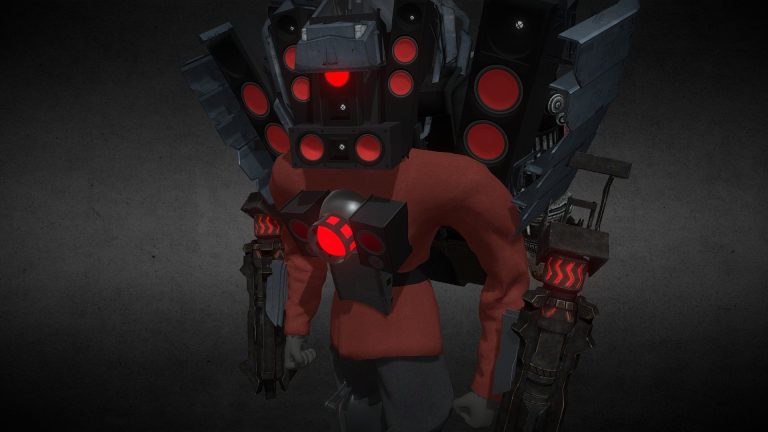Rapid Tooling: An In-Depth Explanation
Rapid tooling technology is a loosely defined buzzword in the manufacturing world. This comes as no surprise because we are focused more on its benefits. It is a service that is designed to provide genuine injection molded parts in the shortest possible timelines. It also helps companies to verify their designs with a tangible model in the materials they want. And the best of it all, rapid tooling is a lot quicker than the traditional tooling process.
In this article, we will have an in-depth discussion of what rapid tolling is all about, what it can do, and why it is vital to many industries.
What is Rapid Tooling
When it was conceptualized as a rapid prototyping technology, rapid tooling is meant to generate cavity and core as a result of an additive process. Behind rapid tooling is a 3D CAD, a technique that requires little to no machining and EDMing. Many people define rapid tooling this way, but did you know there is more to rapid tooling than this?

For others, the definition of rapid tooling has a broader scope. First, because of the adjective “rapid,” this technology has become attractive than ever. The meaning of rapid is as simple as the technology. It can deliver tools in less time as expected from the traditional methods. A prototype tool and the sample shots are delivered in not more than six weeks. When you include this word in the literature and advertising, the word rapid tooling attracted the attention of buyers and easily translated into sales.
When the components and the requirements are matching with the capabilities of the rapid tooling technology, you can expect magic to happen. Lead times are shorter. With many powerful rapid tooling technologies available today, the bottom line of its success is always savings in time and money.
The Role Of Technology in Today’s Rapid Tooling
Through the years, the definition of rapid tooling continues to evolve. In the mold-making industry, the driving force will always be time. Today, the typical lead time for rapid tooling is four weeks. Technology is the driving force behind these reduced lead times. And with the help of 3D CAD systems, it has made programming faster, while transmitting the CAD data over the internet has streamlined the process.
Another factor is the advancement in machine tools and the progress of high-speed machining. It has cut the lead time further and enabled the mold makers to respond faster. But all these can only do as much.
According to Nice Rapid Tooling Services, advanced technology without the staff and the machine to make the process is nothing. Today, rapid tooling should only be used by companies that have it all – a highly efficient operation, the people, and a workflow. It ensures quick delivery of orders with quality and value.






